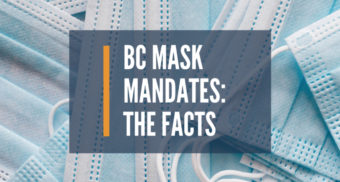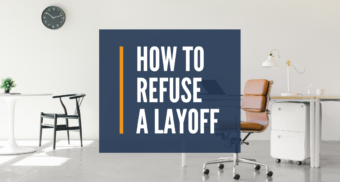COVID
Transitioning from CERB to EI: What next?

As the country progresses into the next stage of the pandemic and CERB comes to an end, many Canadians raised concerns over financial aid. The federal government has since announced a new structure to employment insurance to help ease the transition from CERB to EI.
Toronto employment lawyer Jon Pinkus at Samfiru Tumarkin LLP joins the Jill Bennett show to discuss the transition and the implications it will have for Canadians.
What They Discussed
- What do people need to know about the shift from CERB to EI? A lot of temporary measures put in place might become permanent. One of the most important changes is a decrease in the amount of insurable hours required in order to qualify.
- What does this shift offer for those people who would not have qualified for regular EI i.e. workers who are part of the gig economy? There will be certain criteria that will have to be met in order to qualify for employment insurance during COVID-19, however, this program does help many who are self-employed and were on CERB.
- What was the biggest concern with CERB ending? In its previous form, Employment Insurance would not have covered a large group of people as well as insurable hours.
- While on the new EI, would the previous rules apply, such as proving you are looking for a job? The same rules should be expected, as this is not a continuation of CERB.
- Will the rules and expectations differ for those that are temporarily laid off? While those who are temporarily laid off are in a unique situation in comparison to those who have lost their jobs permanently, it’s important to remember that the temporary lay off period is coming to an end




